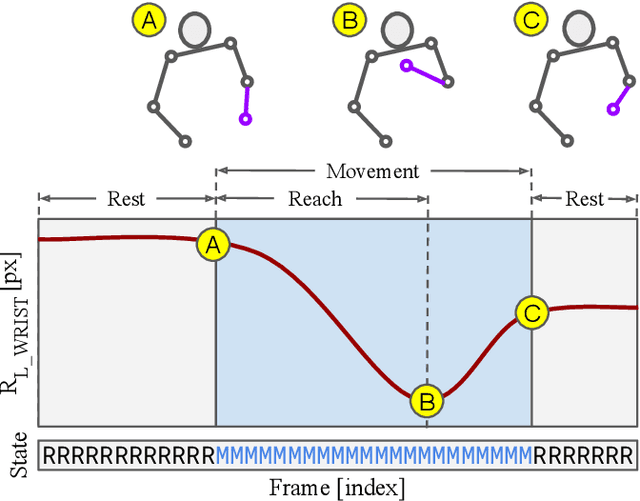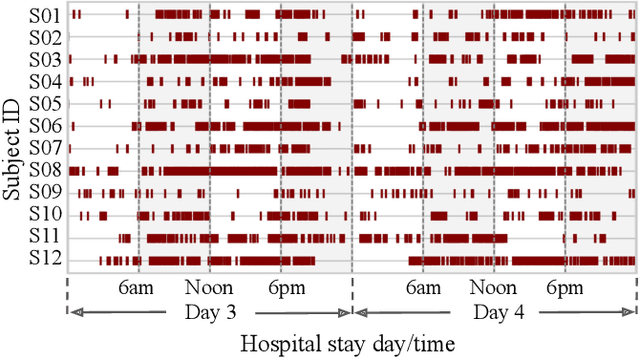Satpreet H. Singh
Measuring and Controlling Solution Degeneracy across Task-Trained Recurrent Neural Networks
Oct 04, 2024Abstract:Task-trained recurrent neural networks (RNNs) are versatile models of dynamical processes widely used in machine learning and neuroscience. While RNNs are easily trained to perform a wide range of tasks, the nature and extent of the degeneracy in the resultant solutions (i.e., the variability across trained RNNs) remain poorly understood. Here, we provide a unified framework for analyzing degeneracy across three levels: behavior, neural dynamics, and weight space. We analyzed RNNs trained on diverse tasks across machine learning and neuroscience domains, including N-bit flip-flop, sine wave generation, delayed discrimination, and path integration. Our key finding is that the variability across RNN solutions, quantified on the basis of neural dynamics and trained weights, depends primarily on network capacity and task characteristics such as complexity. We introduce information-theoretic measures to quantify task complexity and demonstrate that increasing task complexity consistently reduces degeneracy in neural dynamics and generalization behavior while increasing degeneracy in weight space. These relationships hold across diverse tasks and can be used to control the degeneracy of the solution space of task-trained RNNs. Furthermore, we provide several strategies to control solution degeneracy, enabling task-trained RNNs to learn more consistent or diverse solutions as needed. We envision that these insights will lead to more reliable machine learning models and could inspire strategies to better understand and control degeneracy observed in neuroscience experiments.
A Non-Negative Matrix Factorization Game
Apr 11, 2021



Abstract:We present a novel game-theoretic formulation of Non-Negative Matrix Factorization (NNMF), a popular data-analysis method with many scientific and engineering applications. The game-theoretic formulation is shown to have favorable scaling and parallelization properties, while retaining reconstruction and convergence performance comparable to the traditional Multiplicative Updates algorithm.
Towards naturalistic human neuroscience and neuroengineering: behavior mining in long-term video and neural recordings
Jan 23, 2020



Abstract:Recent advances in brain recording technology and artificial intelligence are propelling a new paradigm in neuroscience beyond the traditional controlled experiment. Naturalistic neuroscience studies neural computations associated with spontaneous behaviors performed in unconstrained settings. Analyzing such unstructured data lacking a priori experimental design remains a significant challenge, especially when the data is multi-modal and long-term. Here we describe an automated approach for analyzing large ($\approx$250 GB/subject) datasets of simultaneously recorded human electrocorticography (ECoG) and naturalistic behavior video data for 12 subjects. Our pipeline discovers and annotates thousands of instances of human upper-limb movement events in long-term (7--9 day) naturalistic behavior data using a combination of computer vision, discrete latent-variable modeling, and string pattern-matching. Analysis of the simultaneously recorded brain data uncovers neural signatures of movement that corroborate prior findings from traditional controlled experiments. We also prototype a decoder for a movement initiation detection task to demonstrate the efficacy of our pipeline as a source of training data for brain-computer interfacing applications. We plan to publish our curated dataset, which captures naturalistic neural and behavioral variability at a scale not previously available. We believe this data will enable further research on models of neural function and decoding that incorporate such naturalistic variability and perform more robustly in real-world settings.
 Add to Chrome
Add to Chrome Add to Firefox
Add to Firefox Add to Edge
Add to Edge